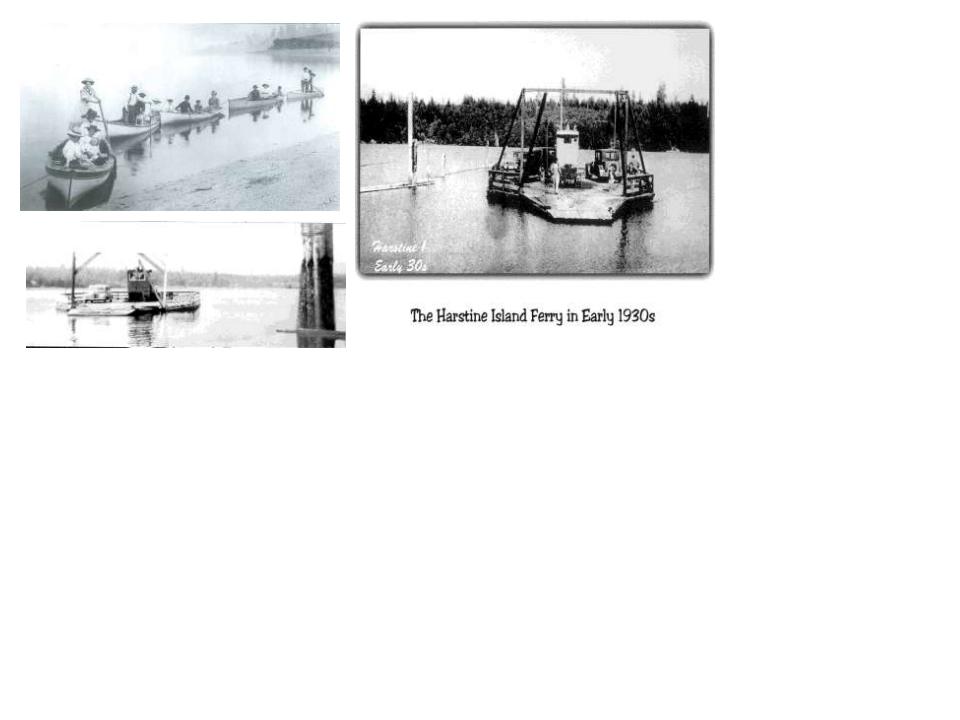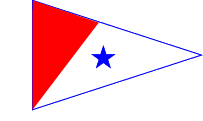Pickering Passage Pt. I
OYC members who visited Island Home this summer might have noticed a parade of boats making their way through Pickering Passage. On a typical summer day, an assortment of kayaks, jet skis, powerboats of all sizes, and sailboats (those able to get under the Harstine Bridge) cruise past our outstation.
Pickering Passage has always been a busy waterway. For centuries, native peoples traveled it in canoes. In 1841 the U.S. Exploring Expedition led by Lieutenant Charles Wilkes ventured into this passage, naming it after Charles Pickering, a naturalist on the expedition (1838-1842). The Wilkes Expedition also named Budd Inlet, Dana Passage, Hope Island, and Harstine Island after crew members. Wilkes’ description of southern Puget Sound in July 1841 emphasized soil and vegetation, perhaps suggesting the potential for farming and logging: “These arms of Puget Sound bear very much the same character. The soil is light on a subsoil of sand stone & gravel. The banks in some places about 100 feet covered with spruce, pines, oaks, alders & arbutus great quantities of seringas in full blossom reminded us of home, and although not partial to its smell heretofore it was found by us all delicious it savored of civilisation” (Diary of Wilkes in the Northwest, edited by Edmond S. Meany, University of Washington Press, 1926, p. 86).
During the 19th century, the waterways of South Puget Sound served as transportation routes, as logging, farming, fishing, and oystering increased settlement in the region. Because there were few roads, many settlers traveled by boat, which was the only way to reach Harstine Island and other destinations from the mainland. The photo below shows a fleet of row boats that departed from Agate, north of Hope Island, in the early 20th century.
To facilitate travel, Mason County began operating a ferry across Pickering Passage in 1922, establishing a landing just north of Island Home. Island Belle, the first ferry, was a scow equipped with a 10 horsepower motor, which could transport three automobiles. Initially the ferry made three trips a day, three days a week. In 1929 Mason County replaced Island Belle with Harstine I. The photos below show the ferry in the early 20th century.
Photos courtesy Mason County Historical Society, Shelton.

